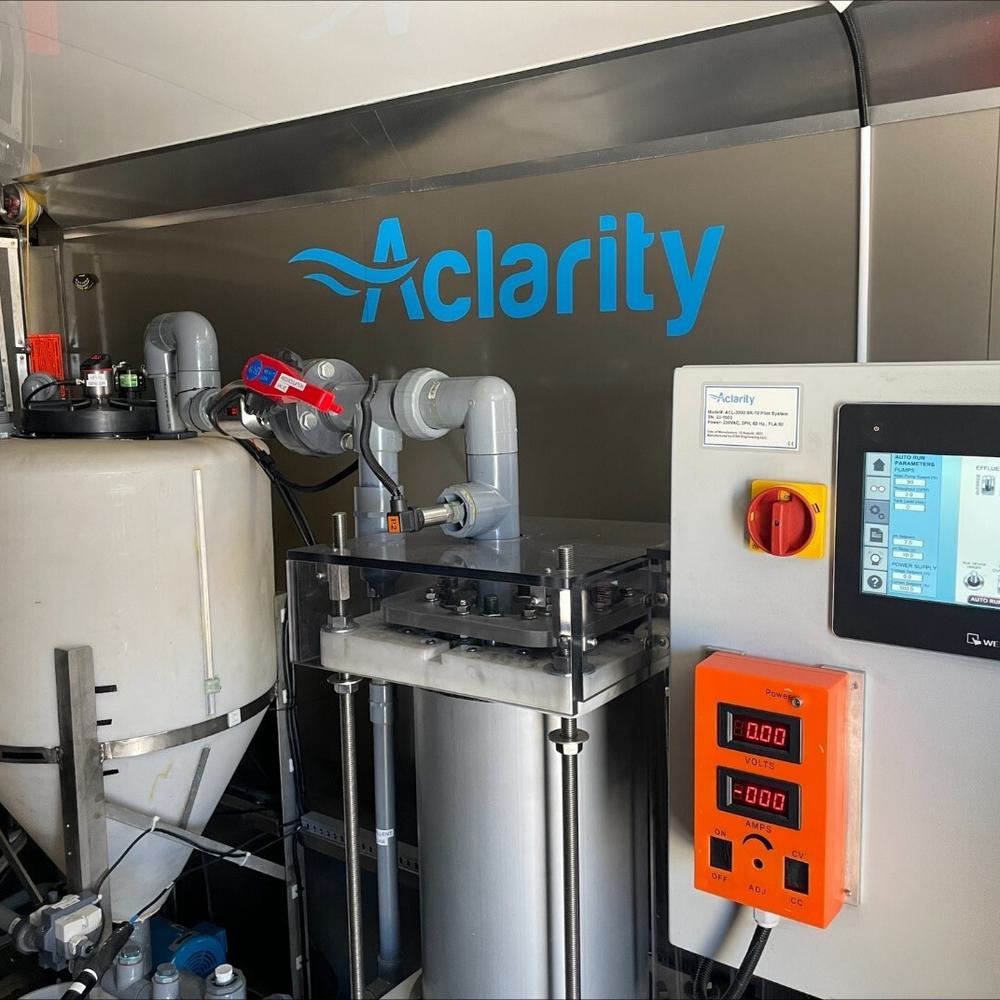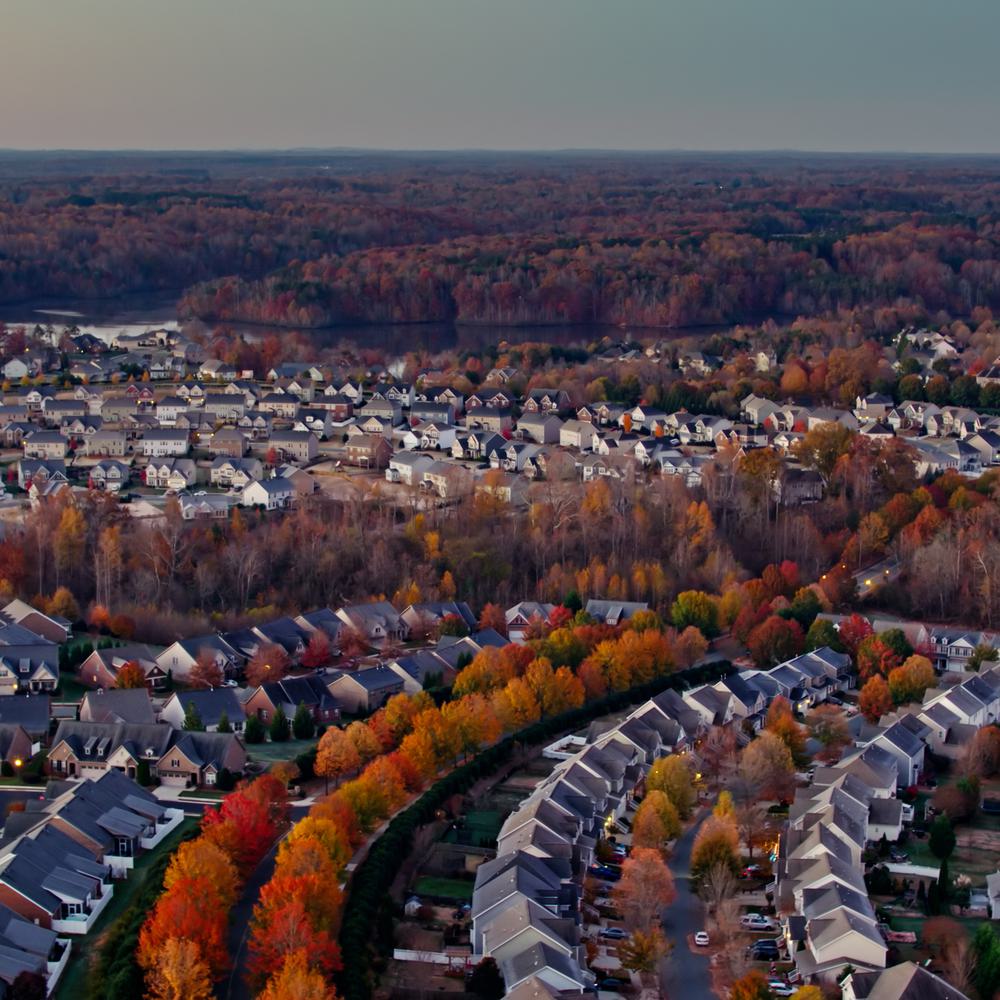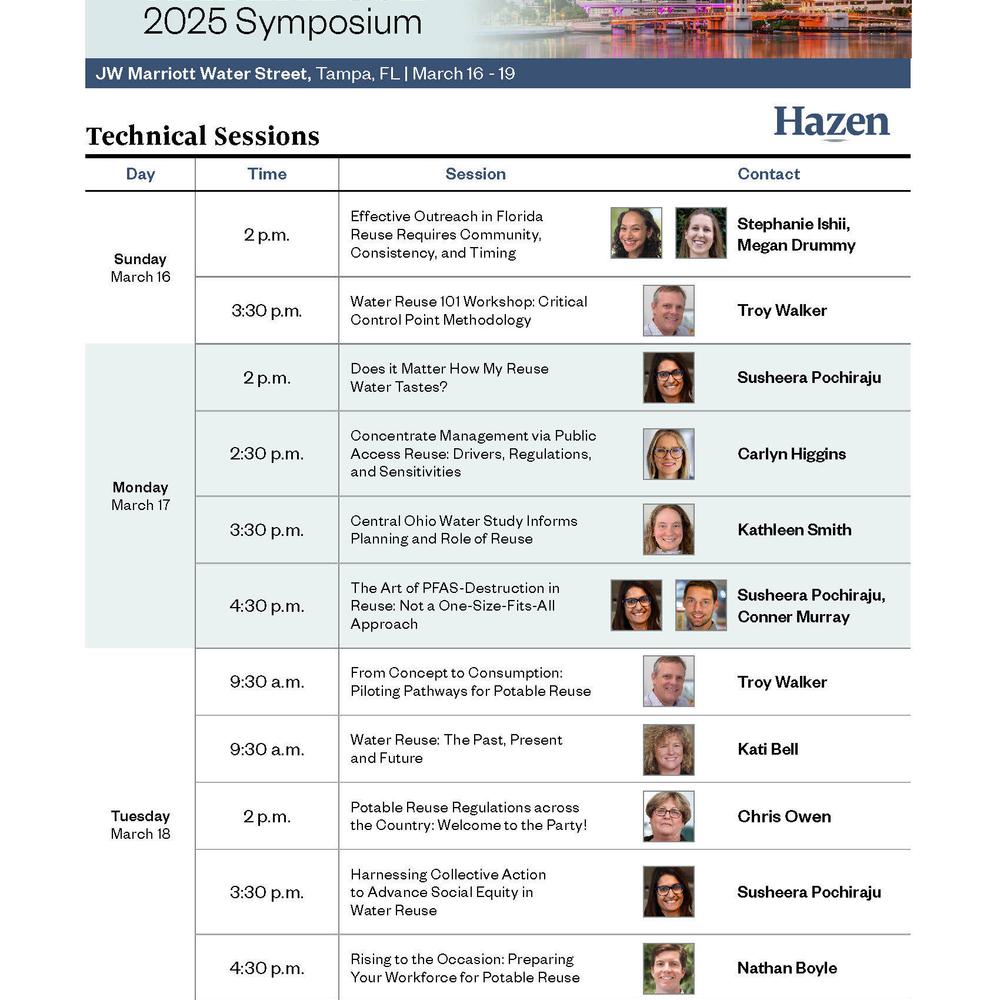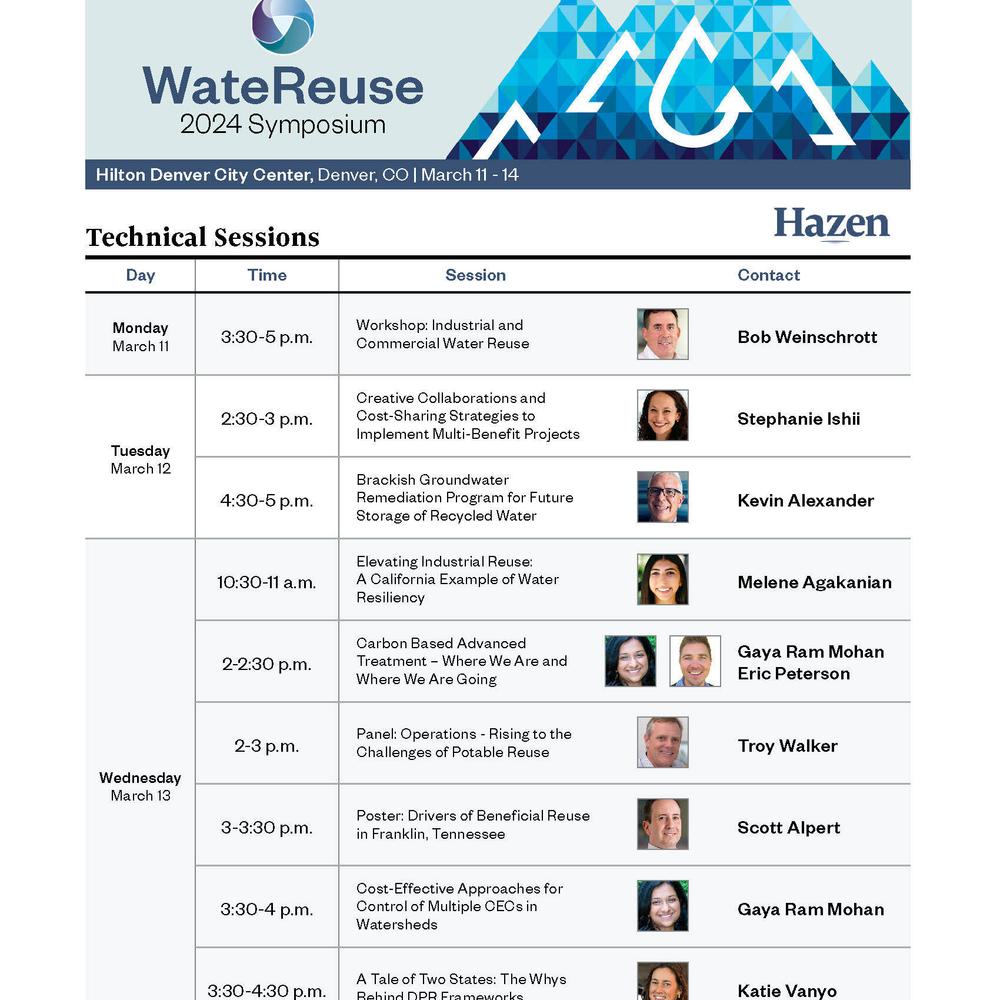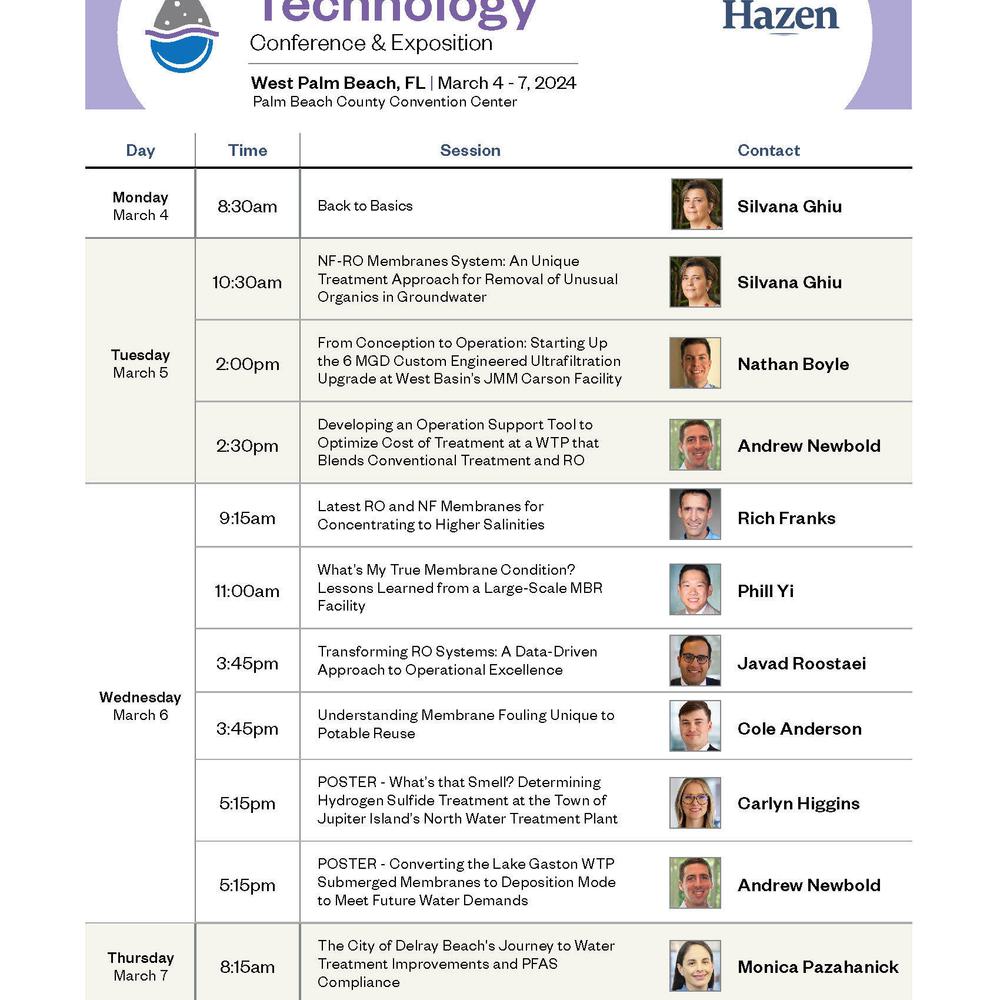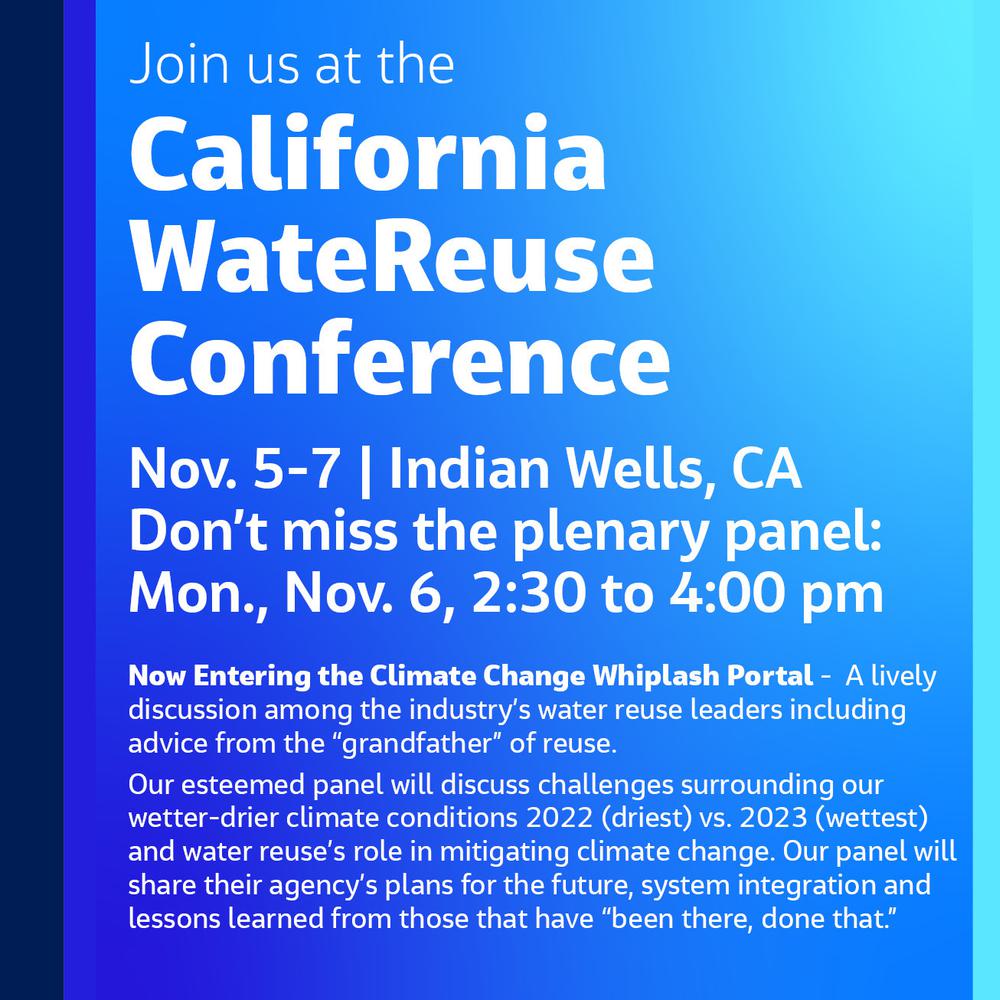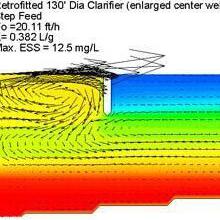Ramping Up Indirect Potable Reuse in California’s Inland Empire
With the right technology to minimize brine from reverse osmosis, Rancho Water can rethink the possibilities for indirect potable reuse in its service area.
At a Glance:
- Between the rising cost of imported drinking water and brine disposal challenges that were hindering its IPR aspirations, Rancho Water was looking for a team with innovative ideas to help make its vision a reality.
- After finding cutting-edge solutions to the brine disposal issue, the project team developed an implementation plan for Rancho Water’s IPR program.
- The team’s design, which combined IPR with high-recovery RO and enhanced evaporation technologies, gave Rancho Water the option to produce more IPR water than initially thought possible.

Troy Walker is Hazen's Reuse Practice Group Leader and leads potable reuse projects for clients around the world.
Related Topics:
(Above) Rancho Water’s inland climate is ideal for vineyards and wineries, but its distance from an ocean outfall is a challenge in the development of an IPR program. Source: Rancho Water
Background
Rancho California Water District (Rancho Water) began using recycled water in 1990 for non-potable uses like irrigation. Seeking to maximize its options for water sourcing, Rancho Water selected Hazen to develop an implementation plan for a 0.5 mgd indirect potable reuse (IPR) treatment facility. The project would purify tertiary water from the Santa Rosa Water Reclamation Facility (SRWRF) to high-quality drinking water standards and then use it to replenish the groundwater supply. But minimizing and disposing of the brine stream produced by reverse osmosis (RO) membranes would be a challenge. For this inland facility, it could potentially necessitate a 16-mile pipeline to connect to an outfall to the Pacific Ocean.
A Comprehensive Strategy
Rancho Water engaged Hazen to develop concepts and define a practical, implementable path to achieve the technical, regulatory, public acceptance, and cost certainty needed to move forward with the IPR program. The project team suggested high-recovery RO combined with an enhanced evaporation technology to shrink the size of the evaporation ponds that would be used for brine management, thereby removing the space constraints that had minimized the capacity of the IPR program. The increased efficiency surfaced greater possibilities for Rancho Water, prompting them to reconsider the size and scope of their original concept.

The team evaluated technologies to minimize brine on a space-constrained site and arrived at a combined approach.
How It Works
As initially conceived, water from SRWRF would flow through microfiltration before reaching the RO process that demineralizes the water. The RO-treated water would be further purified by ultraviolet light with advanced oxidation while the salty brine rejected by RO would be sent to evaporation ponds. By this point, the purified water would be so clean that minerals would be added to it to prevent corrosion of the conveyance system.
Upon satisfying all water quality requirements, the water would be injected into the ground and extracted months to years later for treatment and use in Rancho Water’s drinking water distribution system. However, this approach had some limitations, notably, Rancho Water’s IPR facility would be limited to a production capacity of 0.5 mgd because the size of the evaporation ponds would be constrained by the available space at SRWRF.
The keys to the team’s solutions are twofold. First, a high-recovery RO process would produce a lower brine flow that has a higher salt concentration. Second, adding a new but proven technology that accelerates the evaporation rate in the brine ponds would significantly reduce their size.
The combination of these strategies allows for an IPR program with a theoretical capacity that would allow the district to achieve full utilization of available recycled water. The study allowed RCWD to consider IPR with fewer constraints and ultimately deliver greater capacity at lower cost per gallon of production.

